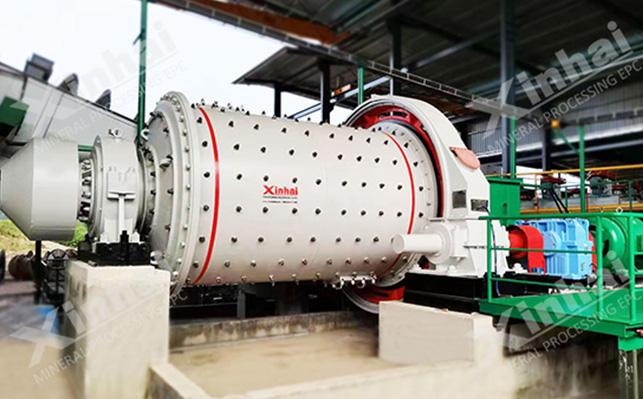In the field of mineral processing, ball mills are indispensable grinding equipment, and their performance directly affects the efficiency and cost of the entire production line. The filling rate of the ball mill, that is, the volume ratio of the grinding media (such as steel balls and steel rods) inside the mill, is one of the key parameters affecting the grinding efficiency. This article will deeply explore the impact of the ball mill filling rate on the grinding efficiency, and provide a reference for enterprises to optimize the production process.
The filling rate of a ball mill refers to the ratio of the volume of the grinding medium to the effective volume of the mill. It is directly related to the loading capacity of the grinding medium and the grinding effect. The filling rate will directly affect the working efficiency and energy consumption of the mill.
1. Filling rate and grinding media movement state
Low filling rate: When the filling rate is too low, the movement state of the grinding media inside the mill is relatively loose, and the chances of collision and friction are reduced, resulting in a decrease in grinding efficiency.
High filling rate: When the filling rate is too high, the gaps between the grinding media are reduced, which restricts their movement and is also not conducive to improving grinding efficiency.

2. Filling rate and grinding dynamics
The filling rate directly affects the grinding dynamics. An appropriate filling rate can ensure that the grinding media moves in the best way and achieves effective energy transfer, thereby improving grinding efficiency.
3. Filling rate and energy consumption
The filling rate has a direct impact on energy consumption. Too high or too low filling rates will lead to increased energy consumption. Optimizing the filling rate can reduce energy consumption and improve energy efficiency.
4. Filling rate and grinding product particle size
The filling rate also affects the particle size distribution of the grinding product. An appropriate filling rate helps to obtain a more uniform grinding product, which has a positive impact on subsequent mineral processing operations.
1. Experiment and theoretical calculation
The optimal filling rate is determined through experiments and theoretical calculations. Different ore properties and grinding requirements will have different corresponding optimal filling rates.
2. Dynamic adjustment
During the production process, the filling rate is dynamically adjusted according to the grinding effect. Real-time monitoring of grinding efficiency and product particle size, timely adjustment of filling rate to maintain the best working state.
3. Selection of grinding media
Select appropriate grinding media, including its size, shape and material, to adapt to different filling rates and improve grinding efficiency.
The filling rate of the ball mill is an important factor affecting the grinding efficiency. By optimizing the filling rate, not only can the grinding efficiency be improved, but also the energy consumption can be reduced and the quality of the grinding products can be improved. Enterprises should find the optimal filling rate through experiments and theoretical analysis according to their own ore properties and production needs to optimize the grinding operation.